The content of the article
Mangold is also called leaf beet, unpretentious and extremely useful root crop has won recognition of adherents of proper nutrition. According to its characteristics and chemical list of substances, chard can compete with spinach, Peking cabbage, white squirrel, celery and other crops of this type. Therefore, more and more people are wondering what value they will derive from a systematic reception. Let's try to figure it out together.
What is a chard
Despite the fact that “beets” are not famous for such strong popularity among average families, it is necessary to consider useful qualities from the very definition of a vegetable.
The chard belongs to the Amaranth family, a two-year-old herbaceous plant is considered a relative of ordinary beets. There are several types of chard, among them schnitt and stem.
The root crop is supposedly harvested in mid-summer and continues this process until the onset of the first frosts (November, December). If you cut the leaves often, then the harvest will be more extensive.
If the winters are mild, there is no need to dig roots from the ground. Already in the second growing season, chard will delight you with a crop at the very beginning of spring. Beetroot type can reach a diameter of 5 cm, petioles in their taste are similar to asparagus.
Thanks to the sneakiness of breeders, today on the shelves you can meet chard of different colors, so the dishes based on it are useful and beautiful.
The stalks are not suitable for consumption in raw form, they must be blanched, cooked or stewed in advance. Some people like to fry boiled chard in breadcrumbs in butter. Petioles are often added to vegetable stews and soups.
The second grade of beets is chives. It is otherwise called Roman cabbage and consists of many leaves collected in a rosette. The relief structure looks chic, given that the leaf size can reach 40 cm. The leaves can be dark green or light green, have red edges and stripes.
To preserve all the most valuable qualities of a stalk or leaf chard, it is necessary to freeze raw materials for the winter. Then you will preserve the substance to the maximum and will be able to strengthen the immune system during vitamin deficiency.
Chard use
Salads, cabbage rolls and snacks are prepared on the leaves, soups and cabbage soup are cooked. Chard in petioles is not used fresh, it is pre-boiled, steamed or stewed. Some pickle beets, like tomatoes or cucumbers.
Composition of chard
We figured out the features, but the main thing in the chard is its chemical list of substances. After all, it is on this that the benefit that can be obtained from frequent consumption depends. So, in the composition of the chard a lot of dietary fiber, ash, water, protein, carbohydrates. Low fat.
Manganese, zinc, potassium, iron, sodium, calcium, selenium and copper are isolated from mineral compounds. Available in omega acids, vitamins of different groups. Among them, it is worth highlighting vitamin PP, vitamin K, carotene.
Chard is rich in ascorbic acid, which stimulates the immune system and protects against viruses. The product has a lot of tocopherol, B vitamins, retinol.
The benefits of chard
- The root crop under consideration has a fairly low calorie content.In addition, an impressive amount of valuable substances and various enzymes is present in the vegetable. Chard is considered an indispensable product for weight loss and diet.
- If you systematically eat root crops, you will provide the body with a constant supply of antioxidants. Due to this feature, the liver is not attacked by toxic compounds. The immune system is noticeably improving.
- Chard is recommended to be included in the diet for people who suffer from diabetes. A vegetable lowers blood glucose. In addition, frequent eating of the product will help stabilize the reproductive system. The root crop is recommended for women with menopause.
- The plant copes well with iron deficiency anemia. Skin cells are also strengthened, the aging process slows down. Chard has a positive effect on bone tissue, fully strengthening it. It is recommended to consume vegetables as a prophylactic for osteoporosis and vitamin deficiency.
Chard in folk medicine
- The root crop gained its popularity back in ancient times. Due to its unique and valuable composition, the vegetable is successfully used in folk medicine. Despite all the positive qualities, the intake of chard should be limited. Uncontrolled eating a vegetable can lead to health problems.
- As for the beneficial qualities, the fresh leaves of the plant are considered an excellent cure for severe headache. It is enough to attach raw materials to the head for a while. To cope with angina and respiratory diseases, a decoction of petioles and leaves should be used.
- Freshly squeezed juice of the plant perfectly stops bleeding. To do this, tightly bandage the wound and pour it with beetroot juice. It is important to know that chard contains a large concentration of potassium, iron, calcium and phosphorus. A decoction of beets helps to overcome anemia in a short time.
- Also, a decoction based on the product copes well not only with vitamin deficiency and iron deficiency, but also with tumors. The systematic consumption of the decoction will help to recover faster with bone fractures. Chard is often used to eliminate sleep problems, irritability and neurasthenia.
- Leaf beets in folk medicine are used in the form of a diuretic, anti-inflammatory and wound healing agent. To achieve maximum benefit from the leaves of the plant prepare a decoction. To make it, you need to mix 0.5 liters. water and 50 gr. raw materials. Boil the ingredients in a steam bath for 12 minutes.
Chard contraindications
- The chard still has a number of contraindications that you need to know about. There are no perfect wholesome foods. Take special care of the plant if you suffer from gallstone or urolithiasis.
- The problem is that there is a high concentration of oxalic acid in beets. It crystallizes and exacerbates the course of pathology. Also, do not lean on the product with thrombophlebitis, increased blood clotting and varicose veins.
- Chard contains beta-carotene, which increases blood viscosity. Neglecting recommendations can lead to big troubles. When you include the product in the diet, do not forget about the possible individual intolerance and allergic reaction.
Mangold is also called reverse beet because of the characteristics of growth. But, despite the irony, a vegetable will bring a person only a positive effect, if used correctly. It is necessary to take into account prohibitions for admission and properly prepare raw materials.
Video: chard or beetroot - useful properties

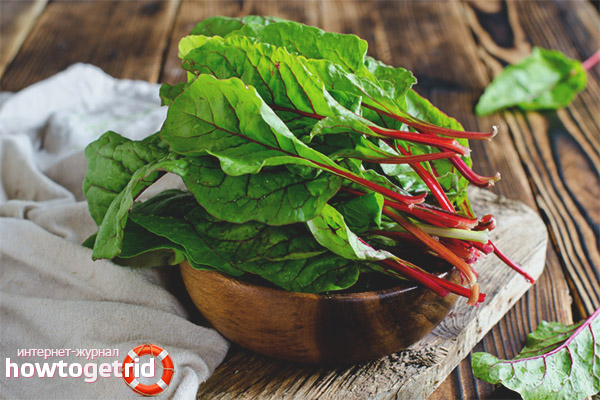
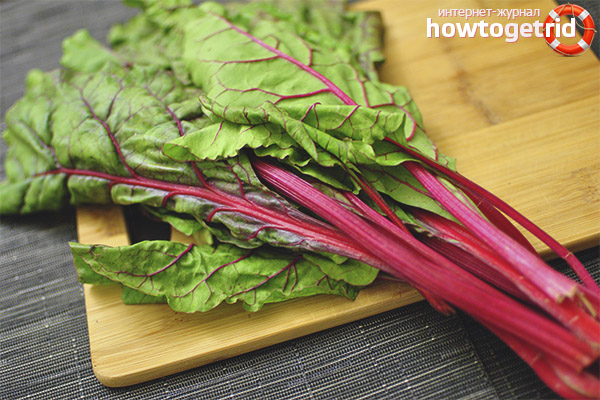
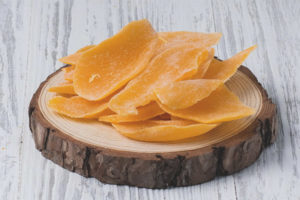
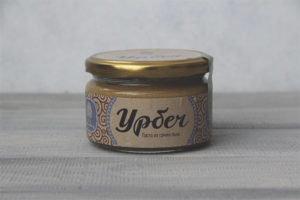
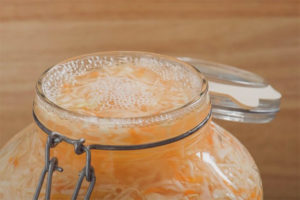

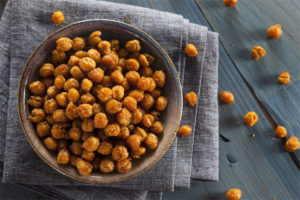
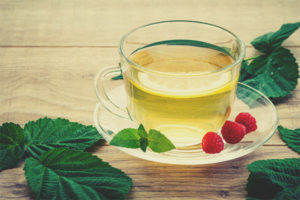
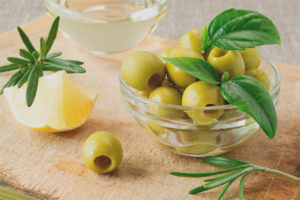

Submit